Arras, Dieppe and more
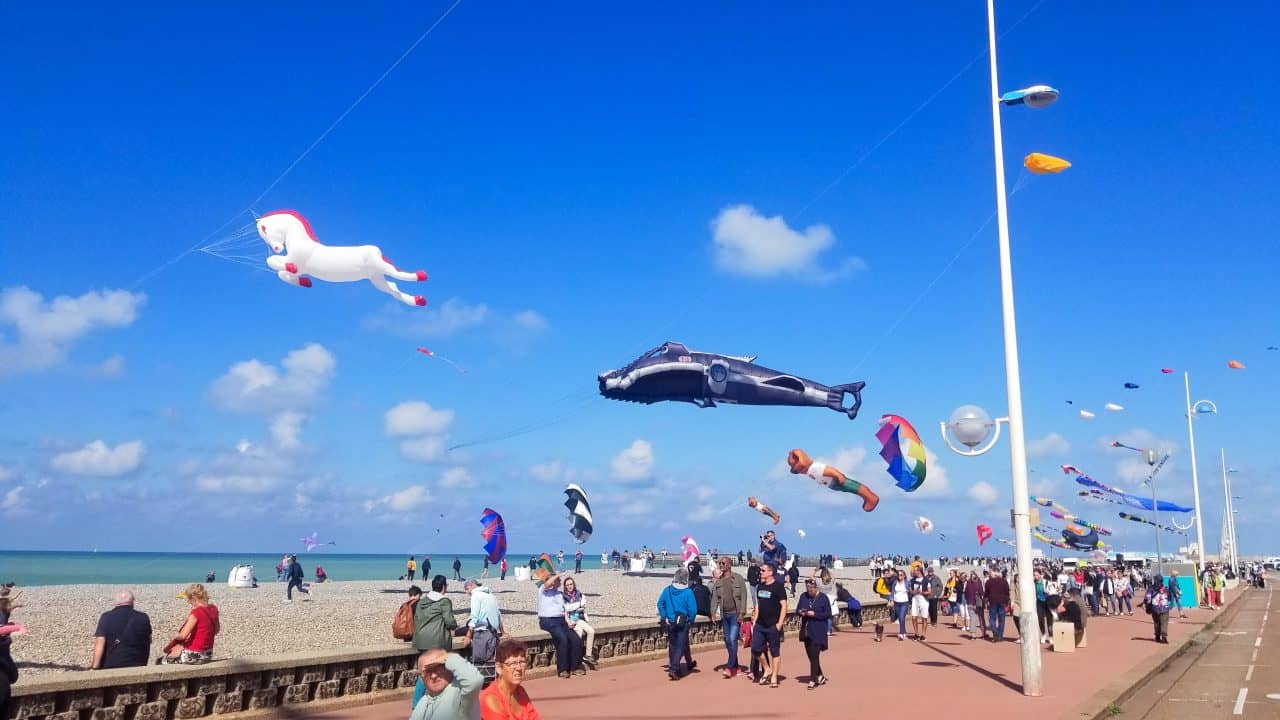
Canada could learn a lot about camping from Europe. We just stayed in a campsite that was 1 km from the main historic square in Arras. Being able to camp right in a city is marvelous, especially for the campers who don’t have a car like we do. The historic centre was small but lovely. Apparently quite a few towns are looking at taking existing parking lots, adding services such as electricity and water and opening them up to campers at very low rates. To stay almost in the centre of Arras cost us 9.70€ per night or $12.89 Canadian including all taxes and extras. I will admit that our next campground in Belgium will be quite a bit more.
In the last article I talked about Mike and I cycling from Paris to the English Channel. We finished our last segment of this ride by cycling into Dieppe which is a name well-known to most Canadians. The WWII Dieppe raid was a disaster. The landing force at Dieppe was largely Canadian. Within ten hours, 3,623 of the 6,086 men who landed had been killed, wounded or became prisoners of war. Churchill and Mountbatten both claimed that the lessons learned at Dieppe really influenced the eventual success of the D-Day landings and outweighed the cost. Artificial harbours were declared crucial which meant that capturing a major port at the outset, like Dieppe, was no longer rquired. Tanks were adapted specifically for beaches and air support for the ground forces was improved. I think that it was a really tough way to learn these lessons. Earlier, when we visited the war museum in Juneau Beach, they were also very emphatic that the success of the D-Day landings there came from the failure at Dieppe.
When Mike and I cycled into Dieppe, instead of war memorials we saw kites everywhere. According to the locals, Dieppe is the kite capitol of the world. I think they might get some push back on that claim from other countries but Dieppe does host a large international kite festival every two years. We happened to cycle into town on the first day of the 10 day festival. It had been raining all morning so things were just getting set up. Hundreds of thousands of visitors are expected to come for the event. Apparently there is an impressive grand parade on the first Sunday of the festival which we missed.
I learned something about the English language writing the previous paragraph. I originally wrote that the festival was a biannual festival. I meant that it happened every two years. Mike interpreted that to mean it would have occurred twice a year. When in doubt go to the Webster’s dictionary – or in this case their website. Here is what I found: “When we describe something as biannual, we can mean either that it occurs twice a year or that it occurs once every two years. Some people prefer to use semiannual to refer to something that occurs twice a year, reserving biannual for things that occur once every two years. Biannual remains a potentially ambiguous word. Fortunately, English also provides us with biennial, a word that specifically refers to something that occurs every two years or that lasts or continues for two years.” It looks like Mike and I were both right which is just wrong 😊.
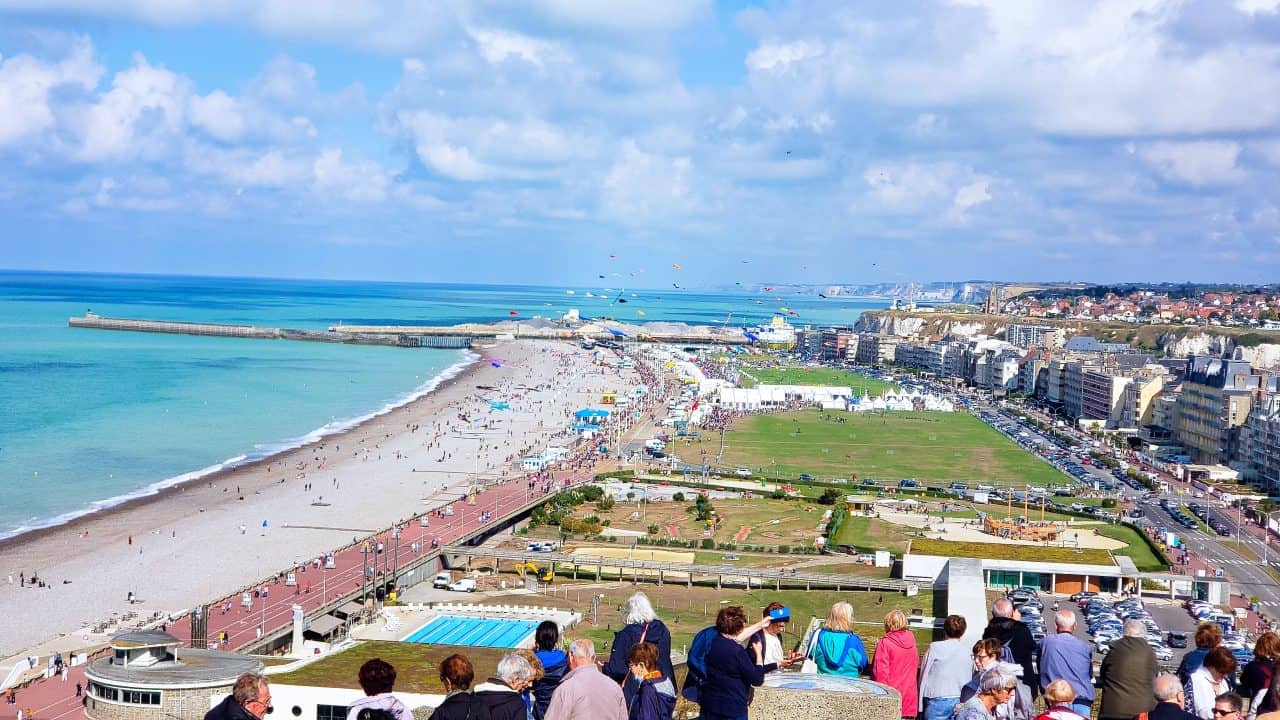
While in Dieppe we cycled to Canada Square, a small well-kept memorial park, and then up to the chateau above it. The chateau is now a museum. We didn’t stop to visit this museum or the Canadian War Cemetery while cycling.
A few days ago, Mike and I drove into a gas station with the car and it turned out that they didn’t have any gas to sell. This was a first for us. We went to the next gas station where there was a long lineup that we joined. As we got close to the pumps we saw that they were also out of regular and premium gas. They did have some super ethanol which Mike thought that our car could take. I was quickly checking the internet as that didn’t make me very comfortable. In the end we decided that we would rather be safe than sorry. When we finally got to the pumps, we simply drove straight through and left. The third gas station did have gas. It turned out that the first two stations were the same brand which might explain why they were both out of fuel. Hopefully it isn’t a sign of things to come.
The art work and the statues in the churches in Europe are phenomenal. When they talk about how much the Catholic church is worth, I wonder if they take into consideration all the artwork in the cathedrals and churches across Europe and around the rest of the world. The museums even in some of the smaller centres in this part of the world are excellent. During the French Revolution a lot of the artwork was taken/stolen from the aristocrats and from the churches and religious sites and used to start high quality public museums.
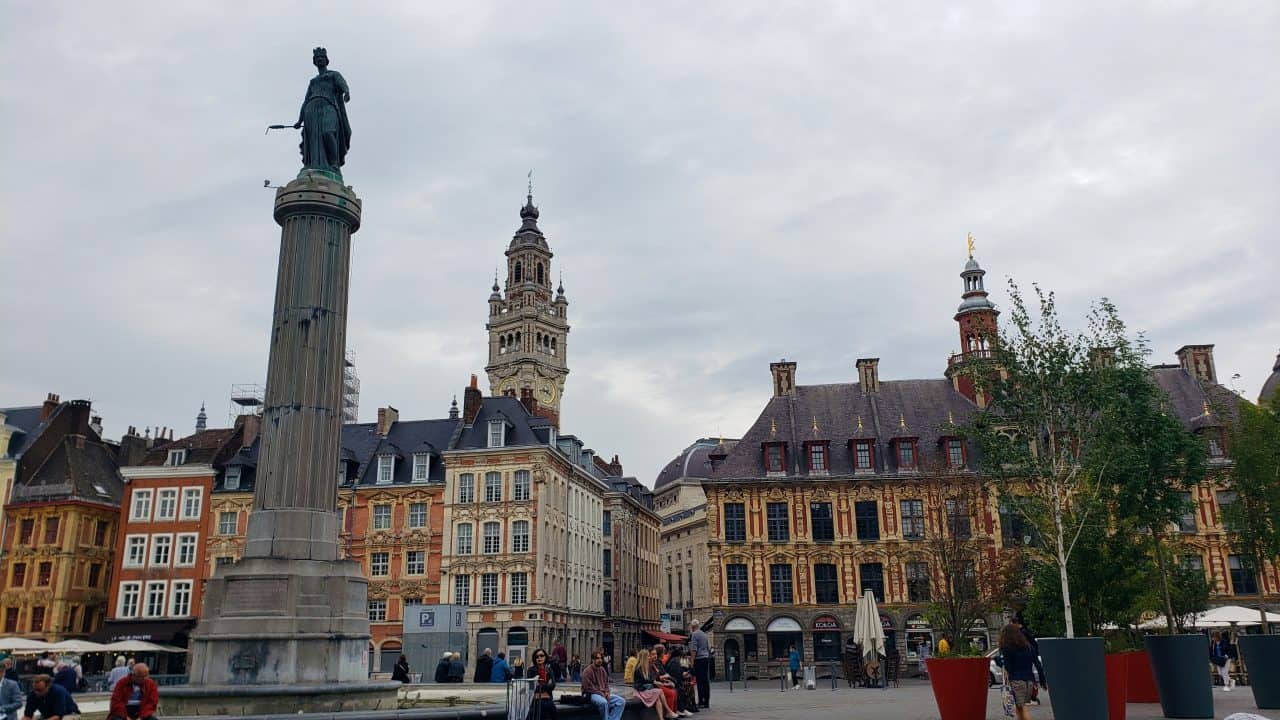
About 45 minutes from Arras is the charming city of Lille. Lille is particularly well-known for its culture and its Flemish roots. The city only became French when Louis XIV besieged and conquered it from the Spanish Netherlands in 1667. Depending on what you read on the internet Lille is either France’s fourth or fifth largest city by population which surprised me. From the pictures that I had seen and the little that I had read, I pictured it to be a much smaller town. I guess that Mike and I typically look at the historic centre of these places and not the city as a whole.
While we were in Arras we were told that we had to visit the Carrière Wellington or the Wellington Tunnels. These are a network of tunnels connecting limestone quarries from medieval times across the city. They were used by the soldiers during WWI, particularly during the Battle of Arras. A group of New Zealand miners volunteered to build the tunnels. Given that it was raining, it was a good day to tour inside tunnels. The tour was very well done although it isn’t for the claustrophobic. The tour combined: a walk through the underground with a bilingual guide (who was excellent), a very good audio handset, speakers in the walls with battles sounds, videos on the quarry walls and finally ended with a 10 minute movie. Multi-media at its best. The worst part of the tour was cramming 18 people onto an elevator at once to descend into the tunnels. I probably wouldn’t have got on if I had been at the back, but being at the front there wasn’t too much I could do about it except face into the wall. Haven’t they heard about covid here!
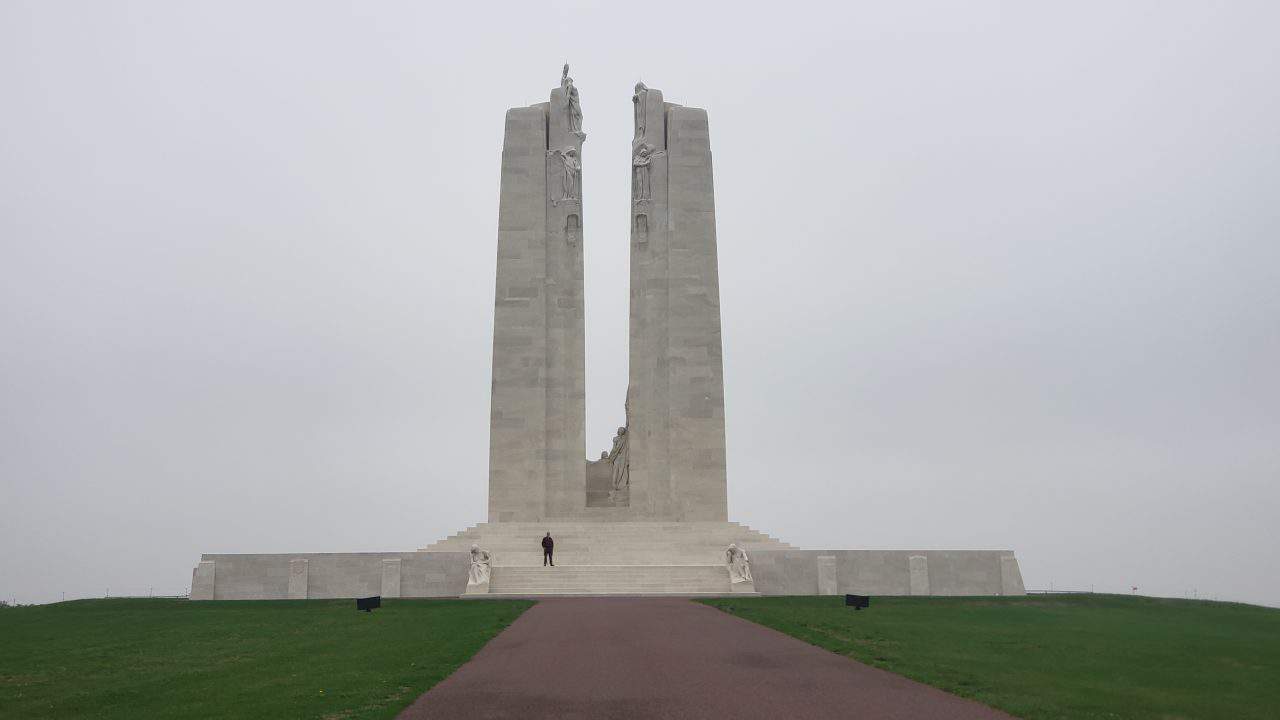
While on the tour we discovered that the Canadian assault at Vimy Ridge was one of the three prongs of the Battle of Arras during WW1. I hadn’t realized that Vimy Ridge was only about 15 or 20 minutes north of Arras. The rain had eased up to just a light drizzle when we came out of the tunnels so we decided to drive up to Vimy Ridge to see the Canadian Memorial. The memorial at Vimy Ridge is Canada’s largest overseas national memorial. It was very impressive even in the damp weather. It was getting quite late after spending two hours at the Wellington Tunnels and the weather wasn’t great so we decided to give the museum and a tour of the park a miss. We did spend time walking up to and around the extremely striking memorial.
We are leaving France for a while and heading into Belgium. Our rough plan is to visit France and Belgium this year and Germany and the Netherlands next year and then ship the camper home to Canada before Christmas 2023. I expect that we will be back and heading south in France in another month or two.

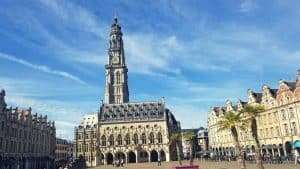
Leave a Reply